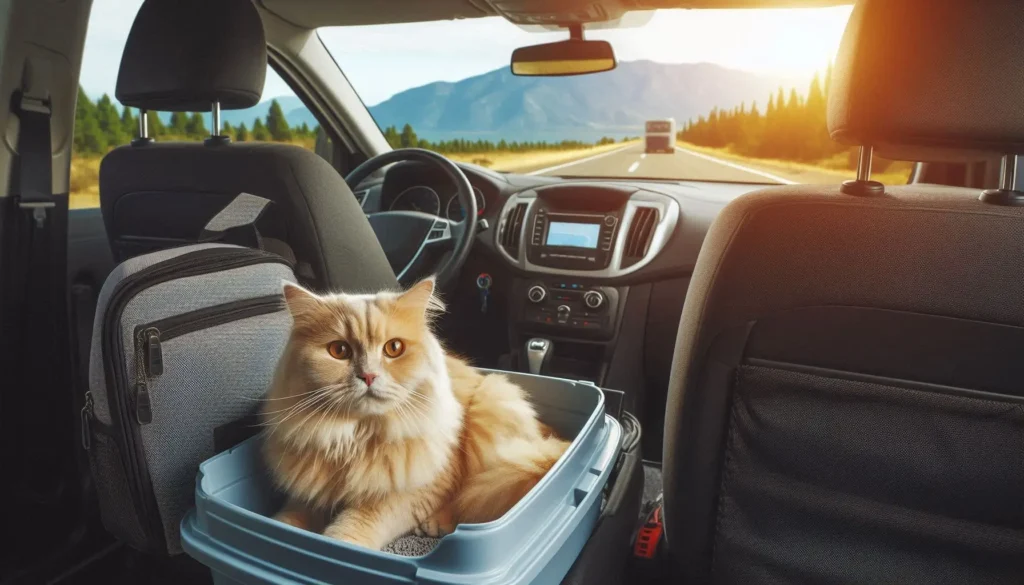How Often Should Cat Litter Be Replaced? (The Easy Way)
We independently research, review, and recommend the best products—If you buy something through our links, we may earn an affiliate commission.

There are many questions every cat’s owner will need to know at some point. And this one is no exception. There are mainly two types of cat litter: clumping and non-clumping litter.
How Often Should Cat Litter Be Replaced?
Clumping litter
It’s recommended to scoop out the solid waste at least once a day and spot-clean the litter box as needed. This will help maintain freshness and prevent odors. The whole litter should be replaced every 1-2 weeks.
Non-clumping litter
As a general rule, it’s best to change the non-clumping litter at least once a week. However, you might need to replace it more frequently if it starts to smell strongly.
In the end, these are general guidelines. The frequency of changing the litter will vary depending on how many cats you have. Some have larger feces than others. And some pee more than others.
Final Note
Always keep an eye on the litter. And make sure it stays fresh and clean. If they’re happily using the litter, then your cleaning schedule is definitely Paw-Approved.

Frequently Asked Questions
According to the 2022 ISFM/AAFP Cat Friendly Veterinary Environment Guidelines published in the Journal of Feline Medicine and Surgery, the litter box should be 1.5 times the length of your cat from the nose to the tip of the tail. Whereas the width should be equivalent to your cat’s length, the tail is not included. A cat that is about 18 inches long needs a litter box that measures 27” long by 18″ wide. A litter box that most likely doesn’t exist out there. That is why it is best to select the largest and nicest litter box for your beloved cats.
It is recommended that you use a maximum of 2 inches to 4 inches of litter in your litter box. If there are numerous cats using the litter box, you’ll need 3 to 4 inches of litter to absorb all that urine and clump around.
In fact, anything less than 2 inches will cause unpleasant odors to develop as well as a high probability of inappropriate elimination. On the other hand, too much litter will lead to a mess since most cats will simply kick it outside.
Research was conducted and published in the Journal of Feline Medicine and Surgery regarding this subject. The results showed that out of 28 different cats, 4 showed a preference for covered litter boxes and 4 for open litter boxes. The rest of the cats were happy to use any type of box they provided as long as it was well-cleaned.
This only shows that our cats have unique preferences, and only by getting to know them will we be able to fulfill their needs in the best way possible.
If you have an automatic litter box, you can perform a deep cleaning once a month. Unless, of course, there is a problem of feces scattering or building up inside the litter box. You will need to clean it more often in that case.
If you have a manual litter box, the litter should be scooped and cleaned at least twice a day.
Cats love to have their cat litter boxes in a corner that is calm, private, and accessible. You’ll also need to keep food away from this spot in order to leave this space dedicated to sanitary activities.



